Healthcare’s shortage of providers, nurses and staff is no longer an acute crisis, but an ongoing reality. It is critical for healthcare leadership to support and optimize the valuable staffing resources who remain. To do so now, organizations must invest in long-term, sustainable AI-based solutions to relieve staff’s most pressing day-to-day burdens and help improve their satisfaction overall.
Burnout as a critical factor in reduced staff populations, today and in the future
Healthcare staff are overloaded with repetitive administrative tasks that detract from time with patients and the interpersonal aspect of their roles, leading to a loss of satisfaction and motivation. Qualtrics’ 2023 Healthcare Experience Trends Report found that healthcare ranked last in job satisfaction out of 27 industries, and that almost 40% of 3,000 healthcare employees surveyed were both at risk for burnout and considering moving on from their organizations. This reflects a greater pattern across the U.S., as burnt out hospital personnel seek career changes or early retirements.
Burnout has a longer-term impact than simply shrinking the current healthcare labor force. As experienced nurses or other staff and providers quit or retire, their potential successors lose the educators, mentors and practice opportunities they need to assume these roles. An April 2022 American College of Nursing study showed nursing school applications are actually rising and projected to continue doing so, but that schools are turning down these applications due to lack of educators and practical experience opportunities in hospitals. To sustain a new staff pipeline and ultimately address the shortage, existing staff must be willing and able to stay in their roles and help new staff develop and grow.
AI-enabled automation and predictive analytics can relieve hospital staff burnout
Health systems can improve work environments by strategically deploying intelligent, automated workflows that actively support hospital staff in their daily work and ensure they are scheduled according to the patient census. By using technology that truly alleviates rather than adds to burden, and strengthens rather than replaces the human aspect of the work staff and providers do, hospitals and health systems can empower staff to perform their best while feeling fully engaged and satisfied.
Any new technology does inevitably involve a cost, both financially and in human outlay. When choosing technology to support hospital staff, leadership must ensure the benefits are clearly defined, address real problems and outweigh the cost. Solutions that supplement rather than disrupt accustomed processes and workflows, effectively remove or streamline tasks like note-taking or reporting that contribute to burden, and require a light lift for implementation can truly improve job satisfaction. AI and predictive analytics can offer data-driven decision support for optimized staffing or patient flows, and provide a single, continually updated source of informative truth to streamline communication among individuals and teams. This technology, aligned with the people and processes already in place, allows staff, nurses and leadership to eliminate or reduce time spent in huddles or socializing updated reports to one another. Instead they can dedicate this time and energy to what is their true vocation: engaging with and caring for patients.
Deploying data-driven staffing solutions to help allocate staff
Beyond optimizing staff workflows, AI-powered technology supports the optimization of staff themselves. Hospital staffing solutions can help leaders assign personnel resources based on the predicted upcoming patient census, from day to day or throughout the upcoming week. The solutions can recommend optimized staffing allocations that help minimize nurse-patient ratios, ensure appropriately skilled staff are assigned to the most needed units and create consistent shifts with reliable breaks. Leaders can use these tools to see when staffing levels are likely to be lower than ideal and create impactful incentive shifts at those times. When working within these schedules, nurses and other staff can maintain a human interface with patients, while being rewarded fairly for their extra time worked.
The right staffing solutions yield powerful results
Hospitals and health systems who have implemented a staffing optimization solution have given valuable time and energy back to their nurses and staff, while opening up capacity without expanding resources. After deploying one such solution for six months, for instance, MercyOne Medical Center gave its staffing offices back more than 80 hours per week to focus on proactive planning; in just over six months, HealthFirst streamlined communications enough to allow more than 2,600 staff hours to be repurposed weekly for other tasks; and in a year and a half, a four-hospital system in Indiana created more than 250 days of usable capacity with improved staff allocation.
This solution alleviated burden on hospital personnel and empowered them to perform at their best function, while making the best use of the staff resources available to the hospital. At a time when staffing availability is constrained, and likely to remain that way in the long term, this support is essential.
To see further how hospitals are deploying technology to improve staff experience and expand capacity, explore LeanTaaS’ iQueue for Inpatient Flow solution, which optimizes inpatient flow and hospital staffing through AI.
A version of this article originally appeared on Becker’s Hospital Review.





